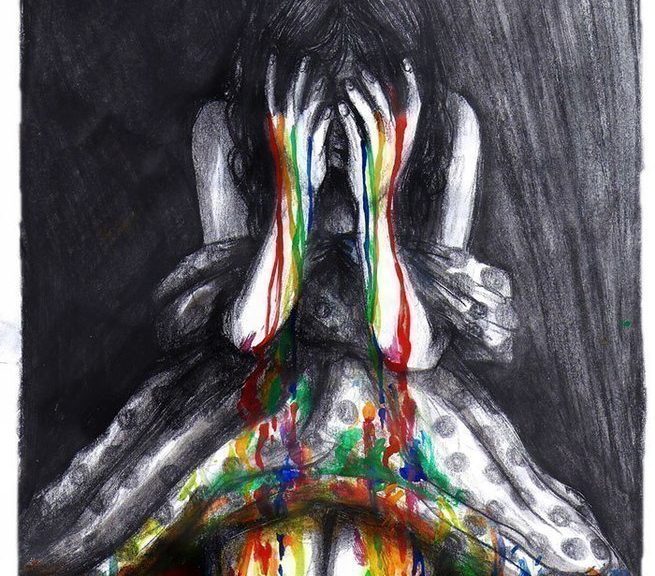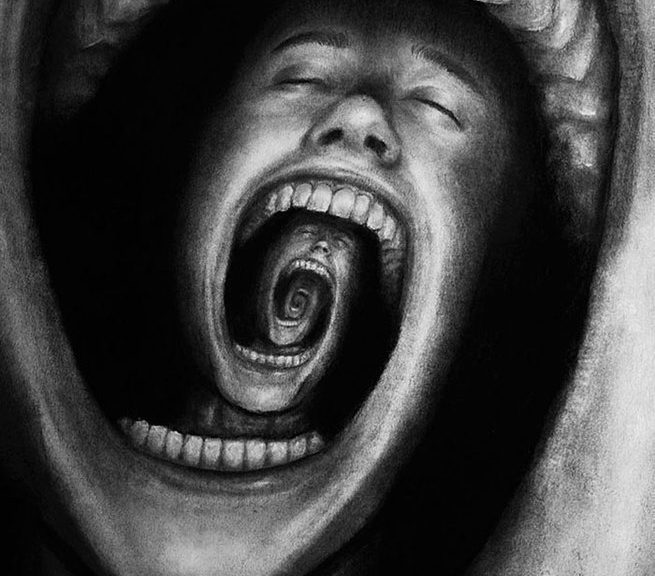In addition to the refuted myths about the innate and normality of homosexuality, gay activists managed to launch the myth of its immutability. You can often hear that attempts to change sexual orientation are harmful because lead to shame, depression, and sometimes suicide (which is not confirmed by research). As an example, Turing’s death is usually presented to us as “suicide” associated with hormone therapy. According to the bbc science department, the version of his suicide does not hold water, and most likely, he accidentally poisoned himself with cyanide, which he constantly used for electrolysis. According to Turing Biography Expert Professor D. Copland: “He reacted to hormone therapy with great humor, and his career was at the peak of intellectual heights. "He was in a good mood the days before his death, and even had a fun party with his neighbors."
Read more "Category Archive: Treatment
To treat or not to treat
By definition, a disease is an undesirable state of the body, expressed in violations of its normal functioning, life expectancy, adaptation to the environment, and limited functionality.
Read more "The traumatic nature of male homosexuality
Says Joseph Nicolosi, Doctor of Psychology:
As a psychologist treating homosexually oriented men, I watch with alarm how the LGBT movement convinces the world that the concept of “gay” requires a complete rethinking of the understanding of the human person.
Read more "Homosexuality as a reversible psychosexual disorder
Most researchers consider homosexuality in our country to be a psycho-sexual disorder in men (and women), the result of which is a manifestation of sexual interest and attraction to people of a similar sex.
In most cases, the cause of the development of homosexual manifestations is the traumatic experience at the stage of sexual identification. This stage of developmental psychology refers to the age of five to six years and calls the "crisis of six years." At this age, the child begins a new stage of socialization, and already by the onset of puberty (adolescence and the associated hormonal explosion) determines his attitude to his own gender. Violations of gender-role functions in the family, or traumatic events in the family and outside it lead to the formation of behavioral deviations (deviations), which also includes homosexual behavior.
Read more "Treatment of homosexuality: a modern analysis of the problem
Currently, there are two approaches to the provision of psychotherapeutic assistance to homosexual ego-dystonics (those homosexuals who reject their sexual orientation). In accordance with the first, they should be adapted to the orientation of their own sexual desire and help them adapt to life in a society with heterosexual standards. This is the so-called supportive or gay affirmative therapy (English affirm - to affirm, confirm). The second approach (conversion, sexually reorienting, reparative, differentiating therapy) is aimed at helping homosexual men and women change their sexual orientation. The first of these approaches is based on the assertion that homosexuality is not a mental disorder. It is reflected in ICD – 10 and DSM – IV.
Read more "Healing process
Chapter 9 from the book of Joseph and Linda NicholasHomosexuality Prevention: A Guide for Parents". Published with permission of the publisher.
Fathers, hug your sons;
If you do not,
then one day another man will do it.
Dr. Bird, psychologist





